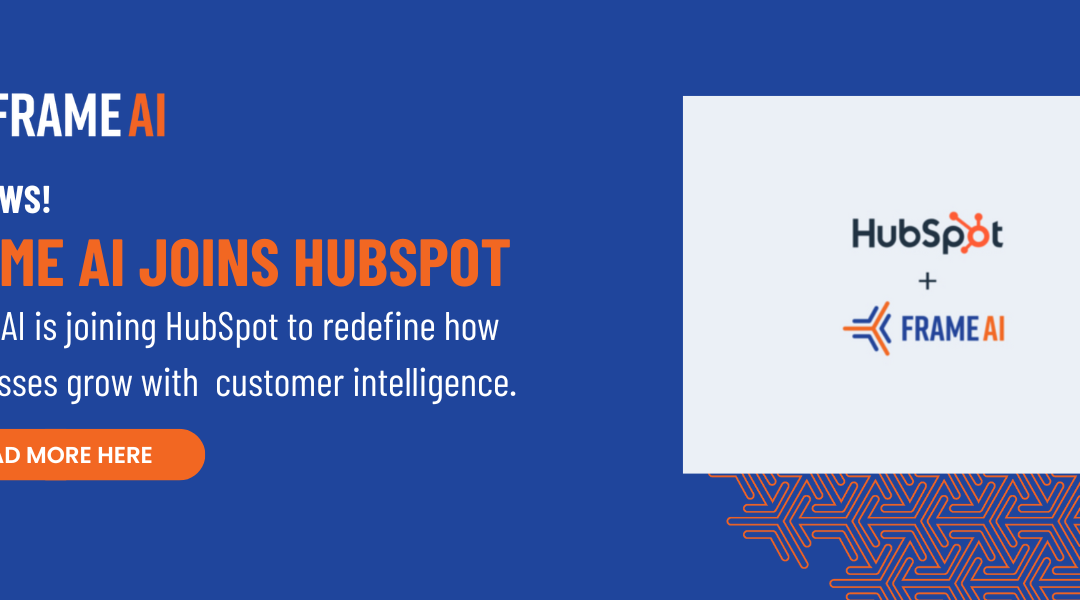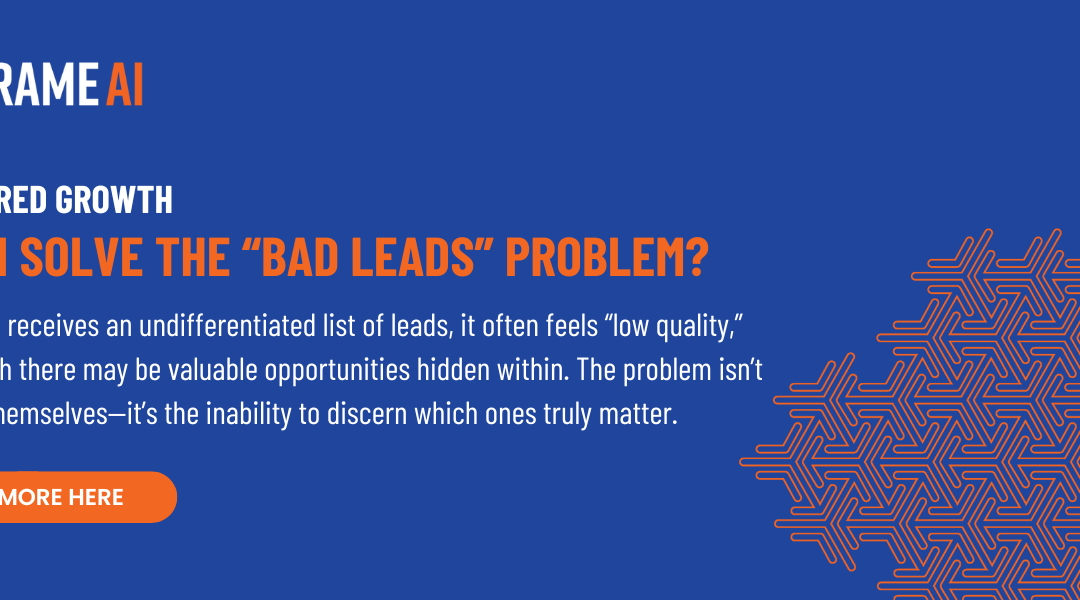Why a customer-centric market requires tighter alignment
In an era where customers have more choices than ever before and can easily switch brands, businesses must work harder to engage customers in meaningful ways. Failing to deliver a cohesive experience risks not only losing potential sales but also missing the opportunity to build lasting customer relationships in a highly competitive, customer-driven market. Aligning sales and marketing has become essential to manage this complexity and meet growing customer expectations for tailored, consistent engagement.
By bringing sales and marketing closer together, companies aim to unify their efforts around shared data and customer insights. This alignment helps drive two main objectives: optimizing customer acquisition and improving retention. Both teams can now collaborate on personalized, proactive engagement strategies that resonate with customers throughout the entire lifecycle, creating deeper relationships and capturing hidden revenue potential.
This strategy is working. Deloitte’s research shows that organizations with integrated cross-functional teams outperform those with siloed operations by a significant margin, enabling faster decision-making and stronger customer engagement. According to McKinsey, companies that tightly align their sales and marketing teams see up to 20% annual growth, demonstrating how crucial this collaboration is for driving sustainable business outcomes.
CRM and marketing automation platforms have been critical in facilitating this alignment, improving visibility and helping teams work toward shared goals, but these tools have been limited. They rely on structured data—such as lead scores and customer profiles—leaving a gap in understanding the full scope of customer interactions. Moreover, these systems often required manual analysis to surface meaningful insights, slowing down decision-making and leaving hidden revenue opportunities untapped.
AI and the next phase of integration
Now, AI is changing that. AI-powered tools are capable of synthesizing vast amounts of both structured and unstructured data—ranging from CRM entries to emails, support tickets, and social media interactions—in real time. This not only enhances collaboration but also automates key functions such as data analysis, lead prioritization, and customer behavior prediction.
By delivering more precise insights and enabling faster action, AI is driving the next phase of sales and marketing integration, unlocking hidden opportunities and allowing teams to better meet customer expectations at every stage of the journey.
1. real-time insights drive collaborative targeting
AI’s ability to synthesize data from multiple sources—both structured and unstructured—gives sales and marketing teams a unified, up-to-the-minute view of customer interactions. This real-time synthesis improves CAC by enabling more efficient targeting and reducing wasted effort on low-priority leads.
Consider a SaaS company that provides project management tools. A customer contacts support to ask about integrating the platform with a new project management software they are considering, or about increasing their user license to onboard more team members. This inquiry signals the customer is preparing to scale their usage, a high-intent signal that indicates they’re ready for an upgrade.
When sales and marketing are aligned through AI-powered real-time synthesis, both teams can leverage this data:
Marketing can automatically respond with targeted content, such as an email highlighting the benefits of upgrading to a higher-tier package or offering a discount for expanding licenses.
Sales can be notified of the inquiry, prioritize outreach, and be equipped with context from both the support interaction and marketing engagement to offer an upgrade package.
Alignment matters because the seamless transition between marketing’s engagement and sales’ direct outreach ensures that the customer receives a consistent and relevant experience. The collaboration reduces CAC by accelerating conversions, and it increases retention by offering value in real-time based on the customer’s evolving needs.
2. Highly Contextualized Predictions from customer conversations
AI’s ability to automatically extract customer insights from unstructured data—like emails, social media interactions, and chat logs—empowers sales and marketing teams to act proactively, especially in retention efforts. The alignment between these teams ensures that retention strategies are timely and personalized, preventing churn and improving long-term customer value.
For example, a subscription-based eCommerce company notices, through AI-driven sentiment analysis, that a group of high-value customers has been voicing dissatisfaction in support interactions and social media comments. Without an aligned approach, marketing might miss these complaints, and sales wouldn’t have the necessary context to intervene. But with AI analyzing unstructured data in real time, this customer feedback is flagged immediately.
Here’s where alignment between sales and marketing is crucial:
Marketing creates a targeted campaign offering special incentives, such as loyalty rewards or discounts, to re-engage these at-risk customers, acknowledging their concerns.
Sales reaches out directly to high-value accounts with personalized communication, providing solutions tailored to the issues raised and offering an upgrade or customized package that adds value to their experience.
By acting in unison and leveraging AI insights, the company addresses customer dissatisfaction proactively. This aligned approach not only improves retention but also builds loyalty, preventing churn while strengthening relationships with key customers.
3. deal intelligence
By analyzing data from ongoing customer interactions, AI surfaces key moments in the deal cycle that indicate how and when teams should take action. This alignment is crucial because it helps both teams coordinate their strategies, which improves deal velocity and increases win rates.
Imagine a B2B enterprise software company that uses AI to analyze ongoing customer interactions for existing deals. During the trial phase, the AI identifies that a prospective customer is frequently engaging with technical support about advanced integration features—indicating that they’re evaluating whether the software can scale across their organization. AI flags this as a critical stage in the deal, and both marketing and sales are alerted.
Here’s how alignment drives results:
Marketing quickly sends targeted content to the prospect, such as detailed case studies or webinars showcasing successful integrations for similar businesses, addressing the prospect’s key concerns.
Sales uses the same insights to adjust their pitch, preparing a tailored proposal that addresses the technical scalability the customer is focused on, increasing the likelihood of closing the deal.
Without AI-driven deal intelligence, sales and marketing might be unaware of the prospect’s pain points, potentially delaying the close or allowing the deal to stall. By synchronizing their efforts, the company increases deal velocity and ensures they engage the prospect at precisely the right moment, improving their chances of winning the deal and reducing customer acquisition costs.
conclusion
AI is no longer just a tool—it’s becoming the core engine behind the next wave of growth for companies that understand the value of aligning sales and marketing. By breaking down silos and enhancing real-time collaboration, AI empowers teams to deliver highly personalized, timely interactions that directly address customer needs at every touchpoint. For businesses, this means not just surviving in a competitive, customer-centric landscape but thriving by uncovering hidden opportunities, accelerating deal cycles, and fostering long-term customer loyalty.




